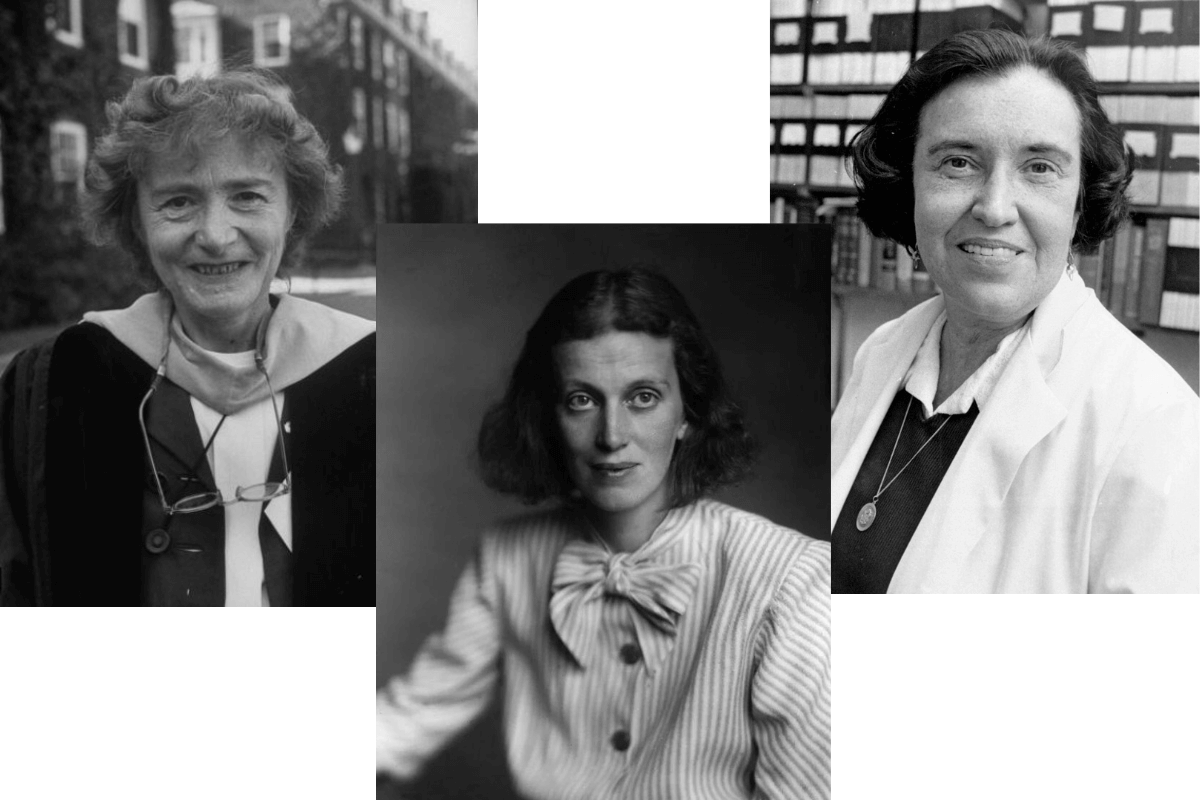Nobel Laureates, Women, and Diabetes Discoveries

Gerty Cori, M.D. Dorothy Crowfoot Hodgkin, FRS. Rosalyn Yalow, Ph.D. You are correct in that they are Nobel Prize winners. But did you know that they were instrumental in discoveries that were crucial to understanding the development of diabetes and its treatment?
In honor of Women’s History Month, let’s take a look at these celebrated Nobel Prize winners.
Gerty Cori, Ph.D., and her husband won the Nobel Prize in Physiology or Medicine in 1947 for discoveries related to carbohydrate metabolism. They uncovered how the body metabolizes sugars, showing that glycogen—a derivative of glucose—is broken down and used as a source of energy. They also found that insulin causes the removal of sugar from the blood.
Their discoveries were the first time the cycle of carbohydrates in the human body had been fully understood and explained and formed the foundation for later work in the management and treatment of diabetes.
Dorothy Crowfoot Hodgkin, FRS, is considered a founder of X-ray crystallography, a scientific technique that enables researchers to decipher the three-dimensional (3D) structures of biochemical compounds. She would win the Nobel Prize in Chemistry in 1964 for solving the atomic structure—not of insulin—but for penicillin and the vitamin B12. But insulin captured her imagination.
It took decades for X-ray crystallography and computing techniques to sufficiently advance to solve the structure of insulin in 1969. Hodgkin’s work with insulin was instrumental in the treatment of diabetes, both making mass production possible and allowing scientists to alter the structure of insulin to create even better drug options going forward.
Rosalyn Yalow, Ph.D., would receive the Nobel Prize in Physiology or Medicine in 1977 for discovering a technique, using insulin, to detect trifling amounts of any protein with a radioactive assay, called a radioimmunoassay.
Assay: A process of analyzing a substance to determine its composition or quality
Before then, it was impossible to diagnose various hormone-related conditions, like T1D. And because the method is so precise, Yalow and her collaborator, Solomon Berson, were able to prove that type 2 diabetes is caused by the body’s inefficient use of insulin. (Previously it was thought that the disease was caused by a lack of insulin.)
The assay, then, was used to form the fact that diabetes has two types: type 1, where the body does not produce insulin, and type 2, where the body does not utilize the insulin the pancreas produces properly.
Go here to learn more about JDRF and its commitment to creating a world without T1D.